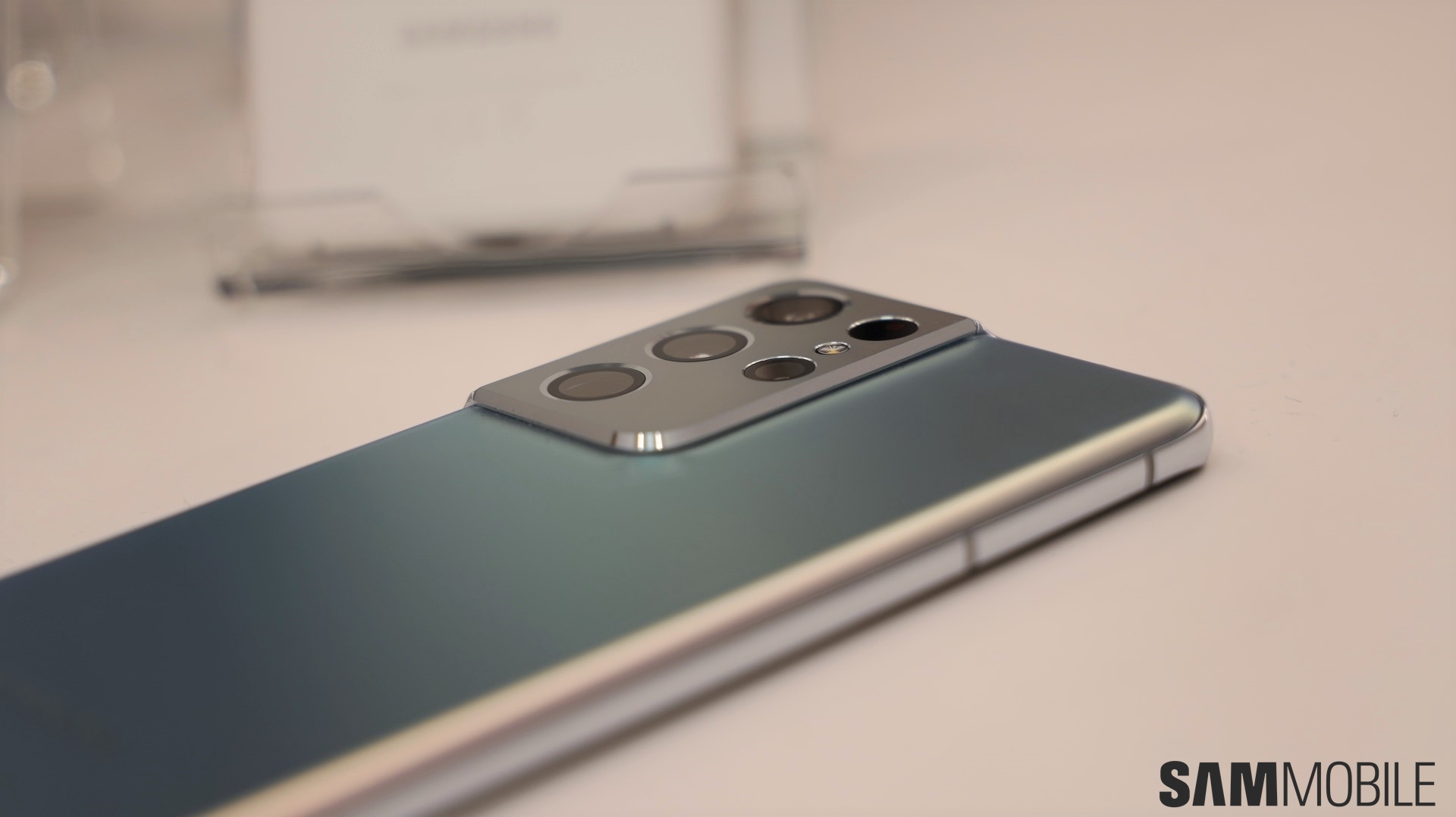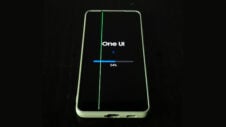The Galaxy S21 Ultra 5G recently went through a disassembly process on camera, courtesy of tech YouTuber PBKreviews, and it turns out that the largest model from the new flagship series is not quite as easy to repair as the base Galaxy S21 variant. There are a couple of reasons for this and the fancier glass back panel is one of them.
Samsung's glass-clad flagships always risk getting a lower repairability score than other devices because there's an inherent risk of damaging the glass back panel upon its removal. A heat gun is virtually required to disassemble the Galaxy S21 or the Galaxy S21 Ultra, but the flexibility of the base model's polycarbonate back panel prevents it from shattering.
Interestingly, the Galaxy S21 Ultra's metal camera housing is stuck to the glass back panel with adhesive and each camera lens cover is also removable independently. As far as repairability goes, this is a much more sensible solution than the one employed by the Galaxy S20 Ultra. The latter model has a one-piece glass component covering the entire camera assembly.
Galaxy S21 Ultra gets a 6/10 repairability score
Removing the glass back panel is only the first step. What follows is the removal of numerous screws and ribbon cables; a process that will test your patience should you decide to go the DIY route and repair the Galaxy S21 Ultra yourself.
Like the base Galaxy S21 model, the Galaxy S21 Ultra has a battery that's stuck to the phone's chassis with adhesive. Samsung continues the tradition of making the repairman's job more difficult by excluding pull tabs from the battery, so and once again a heat gun is virtually mandatory for this component's removal.
Worth noting is that the ribbon cable connecting the display to the motherboard can't be removed from both ends. The cable is stuck to the display, which makes replacing this component a lot more difficult than it would've been otherwise. It's another reason why the Galaxy S21 Ultra gets a lower repairability score than the base model, the latter of which secured a 7.5/10.
And in case you're wondering, the international / Exynos-powered Galaxy S21 Ultra model featured in the disassembly video uses graphite film as a cooling solution instead of a copper vapor chamber. The same material was used in some Galaxy Note 20 models seemingly at random, but with the new Galaxy S21 lineup, Samsung may have switched entirely to graphite. The new 5nm-based Exynos 2100 and Snapdragon 888 chipsets are more power-efficient than the previous 7nm solutions so perhaps a vapor chamber is no longer required to keep temperatures in check.







